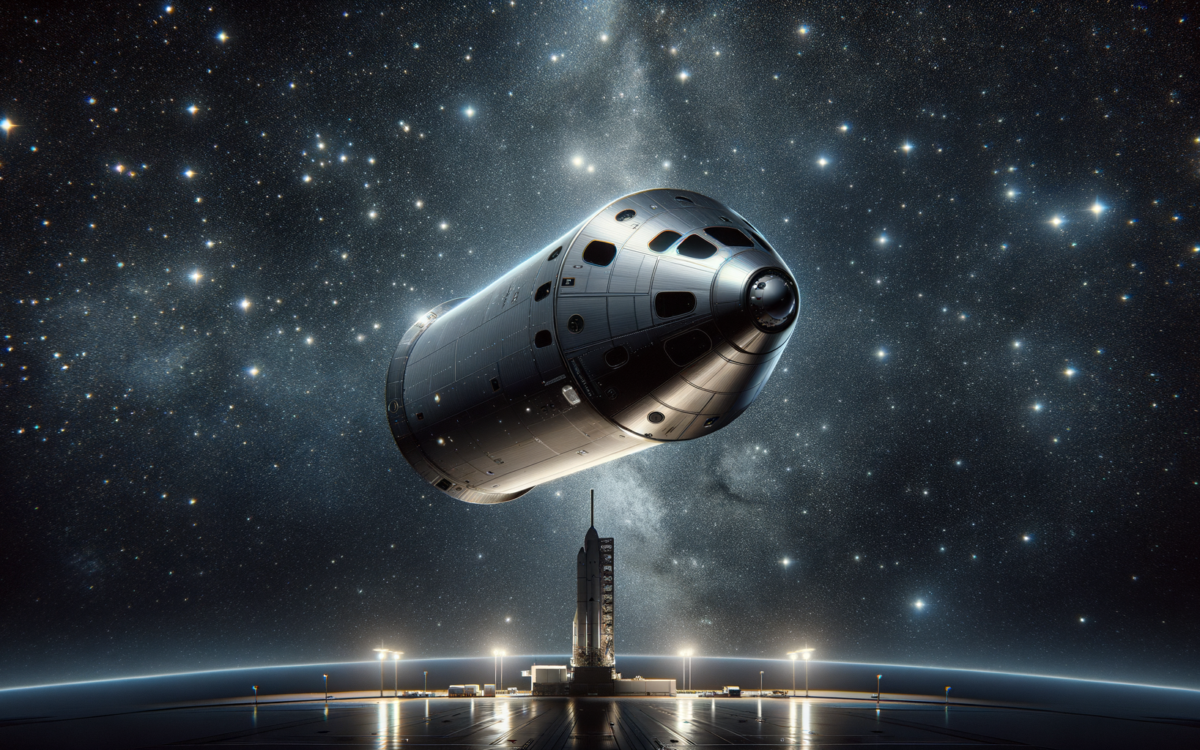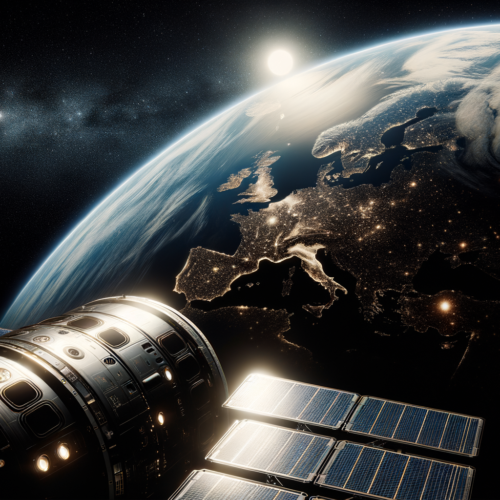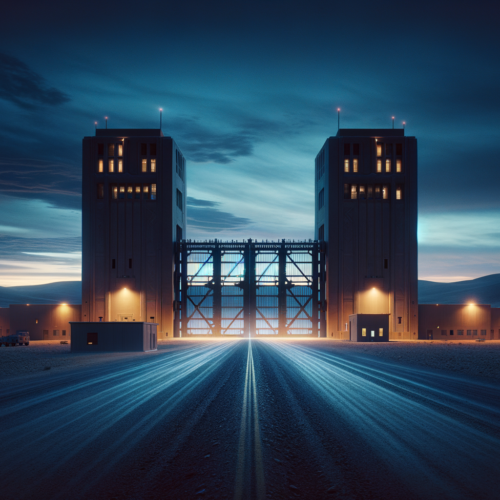NASA Explores Alternative Plans to Bring Starliner Crew Home
- NASA is considering various contingency plans for returning astronauts from the International Space Station due to issues with Boeing’s Starliner.
- Potential options include using a different spacecraft for the return journey, with safety concerns surrounding Starliner’s thruster problems.
- Boeing has faced a series of delays and challenges over the years, raising questions about the future of the Starliner program.
Uncertain Futures
NASA recently briefed the public on the ongoing situation with Boeing’s Starliner, which currently holds two astronauts, Butch Wilmore and Suni Williams, aboard the International Space Station (ISS). Associate Administrator Ken Bowersox acknowledged that the agency is carefully considering its options, waiting until they have clear information before making decisions. Despite the challenges, Bowersox assured that there are multiple contingency plans in place, including the possibility of utilizing a different vehicle for their return.
The primary concern surrounding Starliner focuses on an issue with its thrusters, attributed to a faulty Teflon seal. This uncertainty complicates the decision-making process regarding the astronauts’ safety as they prepare for their return. NASA is aware that various internal opinions on risk tolerance exist within the agency, impacting the direction they may choose.
Plans in Motion
The current primary plan involves Crew-9, which is scheduled to fly to the ISS with just two crew members instead of four. This would allow Wilmore and Williams to return to Earth in February 2025 alongside the Crew-9 team. NASA’s Commercial Crew program manager, Steve Stitch, has confirmed that plans include having appropriate suits and seating arrangements for a safe return, regardless of the craft used.
It’s important to note that Starliner can undock without a crew, although this would require software adjustments and extra flight control training. NASA has yet to announce when they will reach a final decision, but they recognize that Starliner’s prolonged stay at the ISS affects upcoming missions.
Starliner’s Troubled Journey
Boeing’s Starliner has faced numerous challenges over the years, trailing behind SpaceX in the development race. A series of failed tests, including an uncrewed mission in 2019 and a 2024 crewed test flight that faced multiple setbacks, have hindered progress. Starliner has been at the ISS for an extended period, well beyond its planned eight-day mission, as engineers continue to troubleshoot the issues complicating the spacecraft’s return.
Recent assessments revealed additional helium leaks post-launch, although NASA has stated that there is sufficient helium for the necessary seven hours of free-flight time needed for the crew’s return. Additionally, only one of the thrusters was operational during the first docking attempt, further complicating the mission.
While some headlines have sensationalized the plight of the “stranded” astronauts, NASA emphasizes that the situation is under control. They remain hopeful that Starliner will return safely, but they are prepared to send another craft if necessary.
Boeing’s Broader Troubles
Boeing finds itself in a precarious position as it grapples with challenges not only with Starliner but also with its 737 Max aircraft, which has faced scrutiny due to tragic incidents. Financially, Boeing reported significant losses tied to Starliner’s delays, and shareholders are increasingly concerned about the company’s safety culture.
Despite the adversity, Boeing maintains its commitment to the Starliner program, expressing confidence in the spacecraft’s eventual safe return of its crew.
Jon’s Take
As we look to the stars and ponder the future of space exploration, it’s a reminder that even the most advanced technologies can face unexpected challenges. While the journey of Boeing’s Starliner has been rocky, the underlying commitment to astronaut safety and innovation carries on. So, the big question remains: will humanity find a way to bridge the gaps between ambition and execution in our quest to reach beyond the stars? The truth isn’t just out there – it’s right here, waiting for us to discover it.
Original Article




